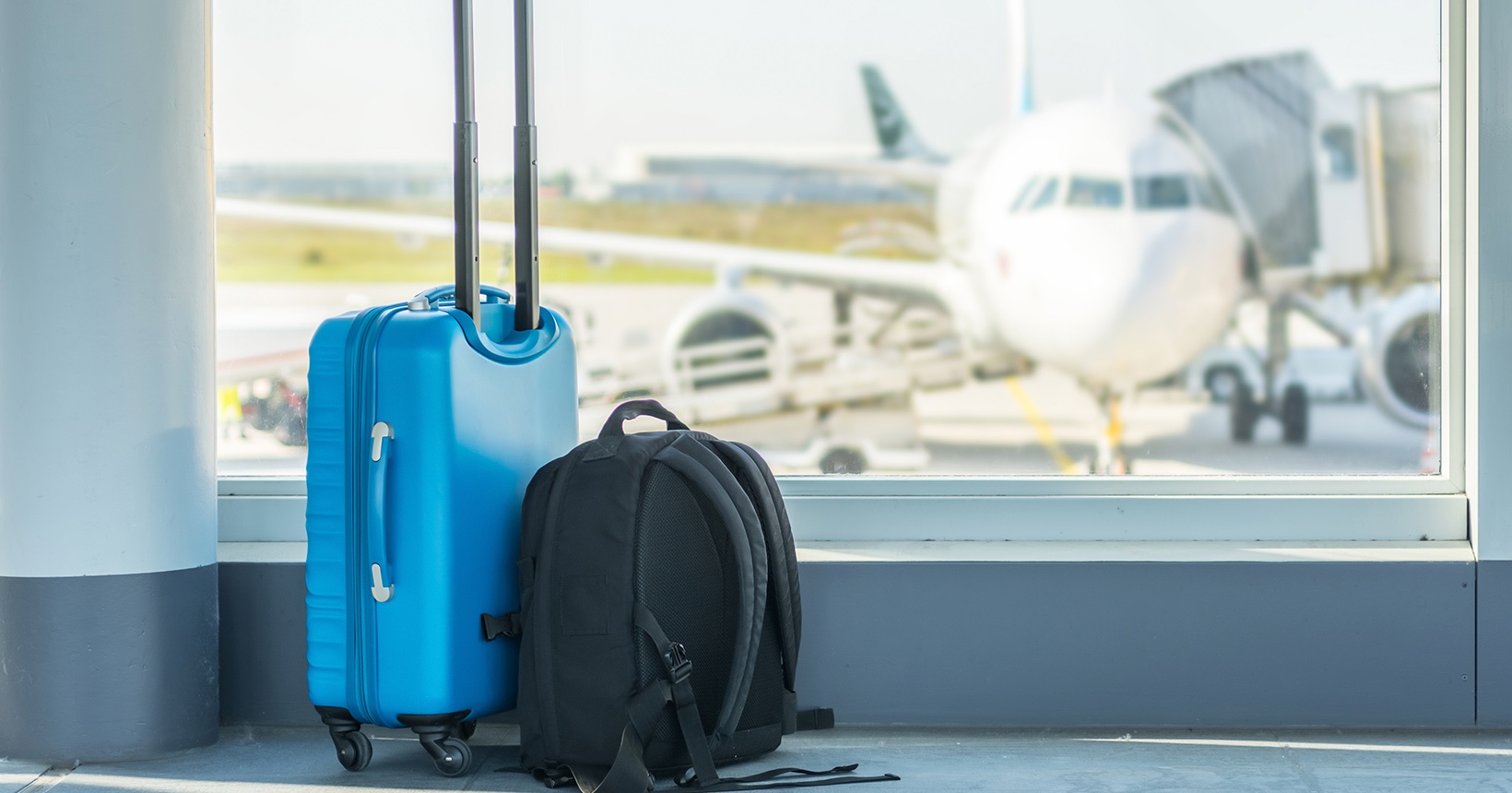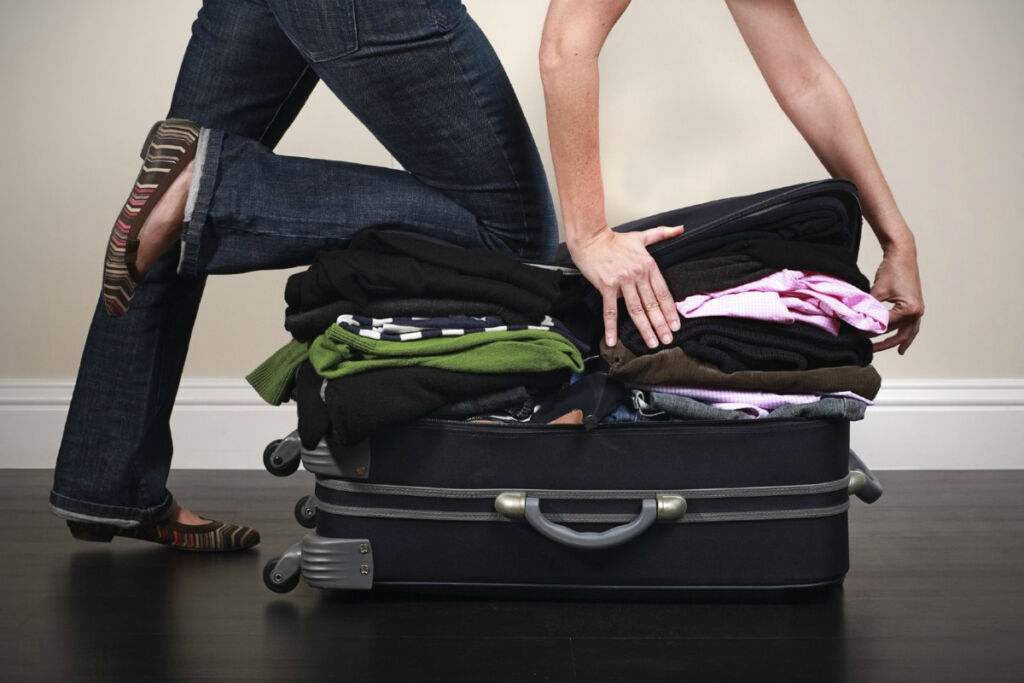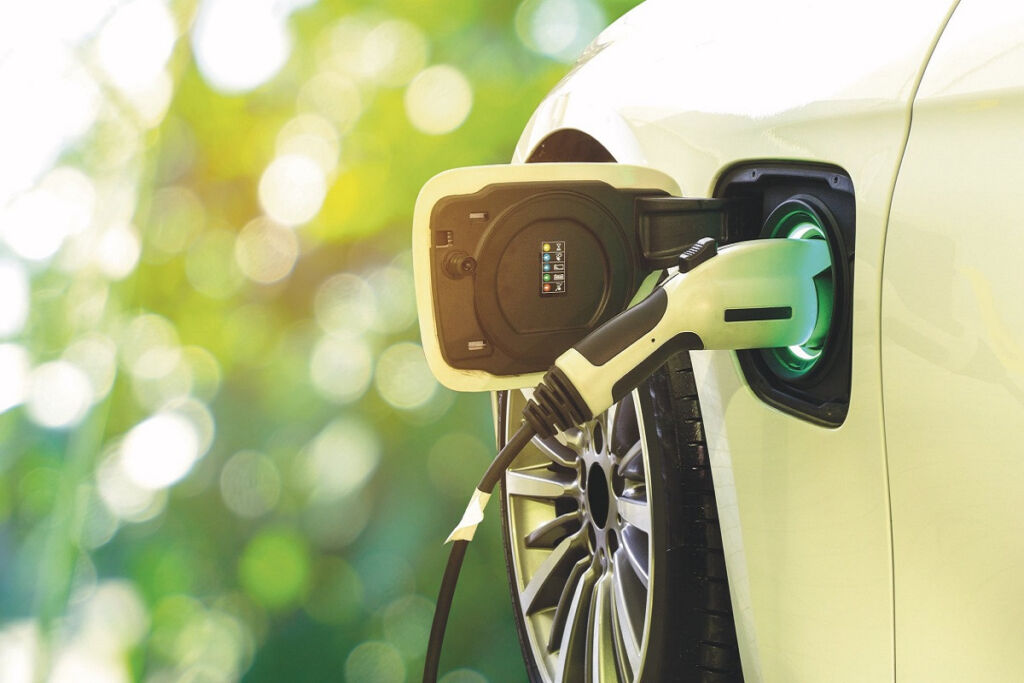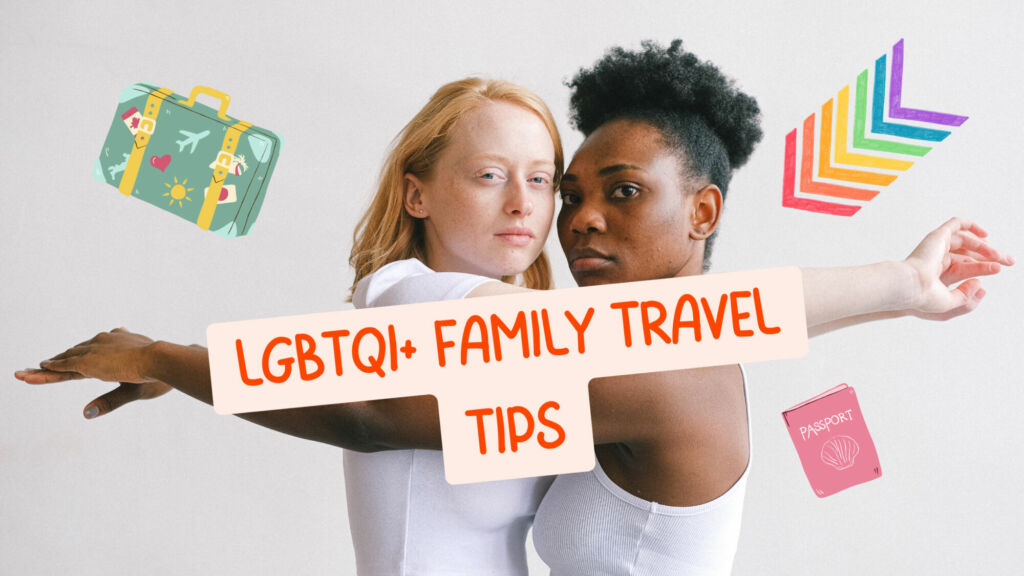Amazing packing tricks to travel
Having a carry-on bag with everything you need can sometimes be a challenge, but in this article, Miles Logistic has brought you 15 tips on how to do it efficiently.
With the rise of low-cost carriers (and full-fare carriers now charging for checked bags), traveling with just one carry-on is becoming more popular.
Traveling light has its perks, like being able to leave the airport right after your flight and not having to drag a giant suitcase behind you. However, if you can’t imagine lasting a week or even a weekend with just one carry-on bag, we hope these packing tips will change your mind.
Choose the right hand luggage:
Having the right carry-on is half the battle. The first step is to consider your size needs. Each airline has its own, so it might be better to think about which airline you fly the most and buy a new carry-on bag that meets your specific rules.
However, you don’t want it to be much smaller than the maximum size, because then you won’t take advantage of the space you could have. When buying a new carry-on bag, these are the things to consider:
He sees? Remember, you may also have a weight requirement to consider.
Hard or soft shell? Hard is best for durability and travel in wet weather, but soft wins for expansion and flexibility, and it won’t crack.
Do the zippers open and close easily? Zippers with larger teeth generally last longer.
Do the wheels roll/turn easily?
Is the handle comfortable and at the right height?
Are there enough pockets?
Is there a lock?
Enjoy your personal item:
Most airlines allow you to bring a carry-on bag and a small personal item (check your chosen airline’s requirements in advance). It can be a purse, briefcase, full-sized backpack, or even a tote bag. Small backpacks are also generally acceptable, and most airlines don’t bother to weigh or measure them (although it’s still best to stay within size and weight requirements whenever possible).
Put everything you have in your bag. These are things you’ll want to use in flight, like electronics, moisturizer, and a sleep mask, as well as things you might need, like medicine and any important valuables you prefer to keep close to you.
Consider your fate:
Before packing your bags, ask yourself the following questions about your destination:
How is the weather?
Do I have access to laundry facilities?
What kind of activities (like going to the beach, working, exercising, skiing, etc.) will I do?
Is there easy access to shopping for clothes or toiletries?
Am I staying at a hotel that offers free toiletries and an umbrella?
Will I have access to an iron/ironing board/steamer/hairdryer?
Once you have the answers, pack accordingly. There is no need to bring your own umbrella if you can use one provided by the hotel.
Use An App:
Some packaging apps handle many of the above mentioned questions for you. For example, favorite PackPoint allows users to customize their trips using filters such as destination, duration and trip type, as well as access to laundry facilities, international travel and specific plans.

You can even add if you’re bringing kids. The app also checks the weather data. PackPoint will create a packing list just for you that you can modify as well as check off items as you go.
Using an app to pack means you leave no room for mistakes – not forgetting the plug converter or the bathing suit.
Replace liquids with solids and use samples – carry-on bag:
Liquids are heavy and tend to take up a lot of space inside a bag. Also, you’re limited to that little plastic bag of items, each under 100 milliliters. You can easily replace some of these lotions with more compact solids – like solid shampoos and softener strips and solid perfumes. Using solids also helps to reduce small plastic bottles.
For anything you can’t find in a solid, use a sample, which many department and beauty stores give away with every purchase. I keep samples in a box at home and rummage through them before a trip, seeing what I can take with me to avoid bringing bulkier, heavier liquids.
Use packing and compression cubes – carry-on bag:
Whether you’re a packing cube junkie or don’t even know what they are, packing cubes can help anyone pack a carry-on bag. These small, lightweight bags separate items to keep things neatly organized and neatly folded, stacked, or rolled up.

Use your space – carry-on bag:
When packing your carry-on, start with the largest items first. Then you can use the extra space to squeeze or fit smaller items next to larger items. Socks are usually easy to put on where you have some open space.
Suitcase Tetris is one thing, so don’t think twice about unpacking, rearranging, and repacking to best fit your space as often as needed.
Roll heavy, bend light – carry-on bag:
Everyone has a different strategy for folding and rolling. Some people are rollers and some people are folders – but I participate in both strategies. I roll heavy items like sweaters, pants, and jeans, and I fold lightweight items like shirts and workout clothes.
I carefully and gently roll anything that creases easily. Many argue that one technique or another helps to save space. However, I think there’s a fine line between saving space and ensuring items arrive wrinkle-free, especially on a business trip (or any trip where I don’t have access to an iron or steamer).
Cut in Shoes – carry-on bag
Shoes can be the biggest culprit for stealing space. Wear your heaviest pair and consider wearing the same pair of shoes for a few different events (especially in colder climates where one pair of boots can take up your entire carry-on bag).
Use tricks with jewelry, strings and clothes – carry-on bag:
Remember those little empty areas in your suitcase where I said you could put socks? You can also put charging cables in – but use a cable bat. A club handle is exactly what it sounds like: a small leather or plastic handle in the shape of a club with a snap that ensures your handles don’t come apart and get tangled in all of your items.
Necklaces and bracelets can also tangle easily, so putting the chain through a straw (if you want to cut down on plastic, you can always use a paper or stainless steel straw) and placing it carefully inside one of your packing cubes will ensure the chain will not get tied up or distressed during your trip.
Travel clothes can also help you pack less. Certain fabrics wash and dry quickly and wrinkle less than others, so consider bringing specific travel clothes if you’re traveling for a while. Items like the Baubax jacket – which has several handy pockets and built-in travel items like an eye mask, inflatable neck pillow and safety whistle – or the popular ScotteVest – which has a pocket for just about everything – can help; As you will use your items directly on you, it will save valuable space in your bag.
Get organized with your travel friends – carry-on bag:
When traveling with friends, family or your partner, discuss who is bringing what. This is especially useful if you plan on sharing a room, bathroom, or house rental with someone. For example, your spouse may bring toothpaste while you bring the shampoo bar. Your friend can bring the hair straightener while you bring the curling iron. No need for three different people to bring a Bluetooth speaker. With a little pre-communication, you can save space and share the burden of packaging.
Go Digital – carry-on bag:
I love the feel of a real book in my hands. There’s nothing like turning a real page. However, when it comes to traveling, my e-book is essential. Carrying heavy books or notebooks is impractical when traveling – especially with just a carry-on bag. Consider leaving that bulky camera at home and investing in a new smartphone that’s lightweight and easy to carry. Swap those noise-canceling headphones for noise-canceling AirPods.
Pack your bags in advance – carry-on bag:
When you’re feeling rushed, you won’t pack well. Packing your bags before heading to the airport won’t give you time to make a second ticket or think about something you might have forgotten about. Try to pack at least 24 hours before your trip to ensure you can carefully plan what you need to pack.
When you’re done, go back and Marie Kondo everything – see which items spark joy and pull out anything that doesn’t. Try to perfectly adhere to Kondo’s very specific item folding system. If you’re not the best at folding, YouTube has a surprisingly large number of videos that show you the best way to fold or roll your items.
Weigh your suitcase before arriving at the airport – carry-on bag:
If you have to meet a baggage weight requirement (or just don’t want to carry a very heavy suitcase), weigh your suitcase when you’re done packing. Do not leave this stage until you reach the airport; If the airline considers your suitcase overweight, you will be struggling to throw away important items or find ways to put them in your jacket pockets. Removing heavier items at home is much easier than having to throw them away at the airport.
Use your heaviest items – carry-on bag:
We’re not saying you need to use your entire wardrobe on the flight, but if you need a coat, save space by using it on the plane. (Also, it can come in handy during an especially cold flight.) Wearing your bulkier sweater or heavy jeans is also a solid strategy, but be sure to wear layers in case you get hot while traveling.
We have already mentioned wearing the heaviest pair of shoes on the fly, and wearing a scarf is never a bad idea because a scarf can also be used as a scarf, belt, or blanket, and more.
Final result:
Traveling lighter is cheaper and easier overall. If you follow these steps, you too might be one of those people who travels with just a carry-on bag.




